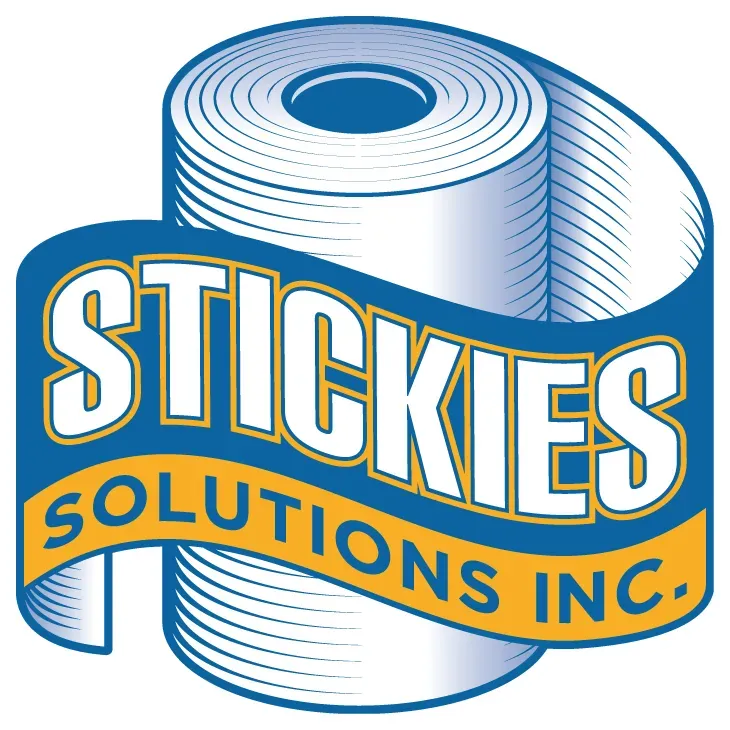Frequently Asked Questions
Q: What are Stickies Solutions cleaners?
A: Our products are designed to de-tackify, dissolve, and remove stickies, pitch, latex, resins, and adhesives directly from paper machine wires and felts.
Q: When should I use Stickies Solutions cleaners?
A: Apply when stickies on the wire or felt disrupt sheet formation. On tissue machines, this often shows up as sheet holes, which can cause breakouts at the creping blade or reel, resulting in downtime, waste, and extra splices during converting.
Q: Why use Stickies Solutions cleaners instead of solvents like diesel or kerosene?
A: Our citrus-based products are highly effective against a wide range of paper mill contaminants. Mills typically reduce chemical consumption by 50 - 70% compared to diesel, gasoline, kerosene, mineral spirits, or caustic-based cleaners. They’re safer, more pleasant to use, and better for both operators and equipment.
Q: Do you offer low-VOC products?
A: Yes. Low-VOC formulations are available upon request for mills that require them. These products are effective alternatives while meeting stricter compliance requirements.
Q: Can your cleaners be used in pulpers, recycled fiber plants, or de-inking operations?
A: Stickies Solutions products are not designed for direct use in the pulping process. However, they can be applied effectively on screens and cleaners in de-inking systems, as well as directly on wires, felts, and other machine surfaces.
Q: How do your products compare to other stickies treatment programs?
A: Pre-machine or de-inking programs often encapsulate stickies, pushing the problem downstream where it reappears in dryers, reels, or converting lines. Our products work directly on the wire and felt, eliminating stickies before they create downstream issues.
Q: Do your cleaners replace caustic or acid-based felt wash programs?
A: No. Our products are designed specifically for removing stickies, pitch, latex, and adhesives. They do not remove ash, clay, or other fillers.
Q: Do I need to dilute your products before use?
A: No. For best results, apply undiluted.
Q: Can Stickies Solutions cleaners be used on-the-fly and during shutdowns?
A: Yes. Our products are effective for both on-the-fly cleaning (while the machine is running) and batch cleaning during scheduled downtime. This versatility helps mills address stickies issues quickly without unnecessary lost production.
Q: How do I apply Stickies Solutions cleaners?
A: Apply on the fly while the machine is running. Pump undiluted product onto the wire or felt using a coarse spray. For spot cleaning, a handheld sprayer or wand system can be used to focus on affected areas.
Q: How long should I apply the product?
A: Typical application time is 1 - 3 minutes, depending on clothing length and severity of deposits.
Q: What equipment is recommended for application?
A: The most common setup is a spray bar with an air-operated double diaphragm pump. For spot cleaning, a handheld wand with a fan nozzle works effectively.
Q: What nozzle setup is recommended?
A: A standard spray bar typically uses stainless-steel fan nozzles at 3.5 - 4" spacing, 60° fan angle, with each nozzle flowing about 0.50 GPM at 20 - 40 PSI. For handheld wands, a 15° or 30° fan nozzle with ~1.5 GPM flow is a good starting point. Operators can adjust fan width and flow rates to optimize coverage.
Q: What packaging sizes are available?
A: Stickies Solutions cleaners are available in drums, totes, or bulk deliveries to fit the needs of mills of all sizes.
Q: What happens to stickies after cleaning?
A: Once dissolved and de-tackified, stickies are removed by high-pressure showers, flooded nip showers, or knock-off showers.
Q: What happens to the cleaner after application?
A: Residual product enters the white-water system. It is lighter than water and typically floats out through overflows, evaporation, or removal in the sludge at the clarifier. Concentrations are very low and do not interfere with papermaking.
Q: Will your products affect wastewater treatment or city discharge?
A: No. Concentrations at the wastewater facility are extremely low. The material is typically removed with sludge in the primary clarifier.
Q: What is the pH of your products?
A: Since they are organic, non-aqueous solvents, pH does not apply.
Q: Are your products FDA-compliant?
A: Yes. The components of our cleaners are consistent with FDA guidelines for use in paper and tissue manufacturing. Full regulatory details are available upon request.
Q: Should I be concerned about flash points?
A: Our products have flash points in the 115 -128°F (46 - 53°C) range. With typical mill ventilation and humidity, ignition risk is extremely low. Compared to common alternatives like mineral spirits (105°F) or kerosene (100°F), our products have a higher flash point and a proven record of safe use in paper mills, with no flash-point-related incidents.
